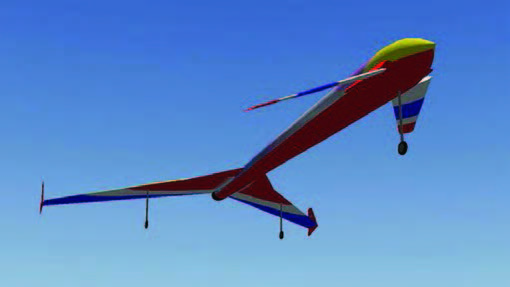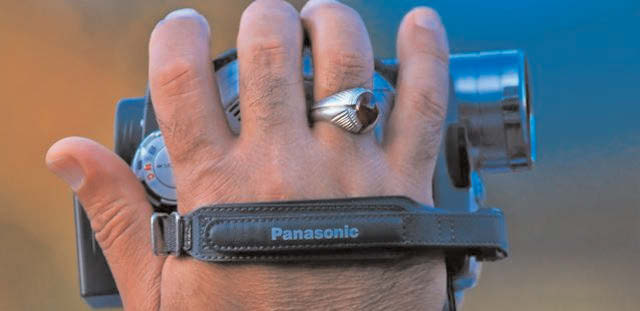
A 3D-printed unmanned ae rial vehicle (UAV) was successfully launched off the front of a Royal Navy warship and it landed
safely on a Dorset beach after covering a distance of around 500 metres. Weighing 3kg and measuring 1.5m, the airframe was created on a 3D-printer using laser sintered nylon by the University of Southampton.
The SULSA UAV catapulted off HMS Mersey into the Wyke Regis Training Facility in Weymouth, before landing on Chesil Beach. The flight, which covered roughly 500 metres, lasted less than few minutes but demonstrated the potential use of small lightweight UAVs, which can be easily launched at sea, in a maritime environment, researchers said.
The aircraft carried a small video camera to record its flight and re searchers monitored the flight from their UAV control van with its on board video-cameras.
Known as Project Triangle the ca pability demonstration was led by Southampton researchers.
“The key to increased use of UAVs is the simple production of low cost and rugged airframes -we believe our pioneering use of 3D printed nylon has advanced design thinking in the UAV community world-wide,” said professor Andy Keane, from Engineering and the Environment at the University of Southampton.
In 2011, University of Southampton engineers initially designed, and flew project SULSA, the world’s first entirely `printed’ aircraft.
With a wingspan of nearly 1.5 metres, the UAV being trialled has a cruise speed of 93 kph but can fly almost silently. The aircraft is printed in four major parts and can be assembled without the use of any tools.




Be the first to comment